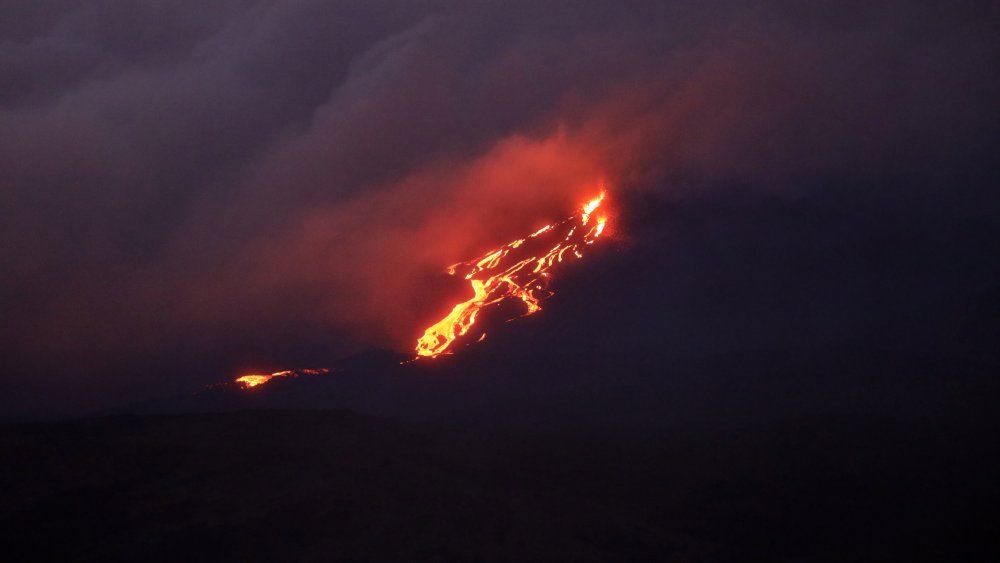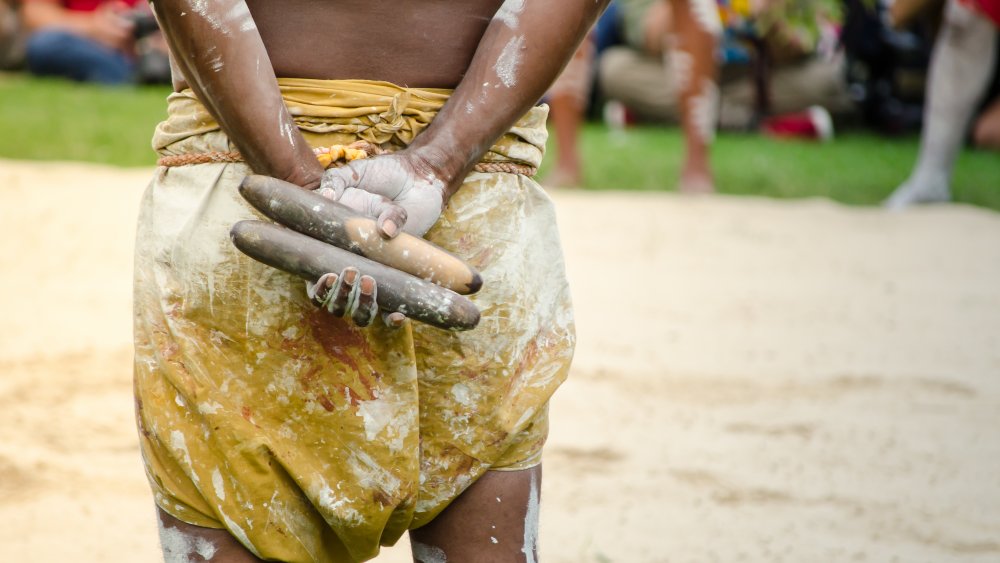The Truth About Humanity's Oldest Story
At around 4,000 years old, the ancient Mesopotamian Epic of Gilgamesh is considered to be the oldest surviving piece of literature in the world. But that poem misses the mark of being the oldest known story continuously told by about 30,000 years. Thanks to recent scientific discoveries we can now bestow that credit on an oral tradition of the Gunditjmara people, who are the indigenous inhabitants of southeastern Australia.
In Aboriginal Australian culture there is a concept that has been simplistically translated as the Dreaming, or Dreamtime, which, according to the Encyclopedia Britannica, refers to a "mythological period of time that had a beginning but no foreseeable end, during which the natural environment was shaped and humanized by the actions of mythic beings." For the Gunditjmara people one of the stories of the Dreaming involves an ancient creator-being called Budj Bim who was transfigured during an intense eruption into the now extinct volcano of the same name.
In a study published in February 2020, Dr. Erin Matchan and Professor David Phillips of the University of Melbourne revealed a link between the Gunditjmara's story of Budj Bim and the eruption of two volcanoes which occurred around 36,000 years ago.
The science behind the story
Finding a precise date for the beginning of human inhabitation of Australia has long eluded scientists. As Matchan and Phillips point out in their article about their findings, a lack of ceramic artifacts and permanent settlements has made using typical scientific methods of dating difficult. However, in southeastern Australia there are six sites that have been dated as being older than 30,000 years using dating techniques on charcoal and quartz specimens.
Now, using argon-argon dating, which the authors describe as "rel[ying] on the rate of natural radioactive decay of potassium into argon in minerals", they were able to determine the eruption dates for both Budj Bim and nearby Tower Hill as 36,900 ± 3,100 years ago and 36,800 ± 3,800 years ago, respectively. The knot tying their hypothesis together is the 1940s discovery of a stone ax buried in ash from the Tower Hill eruption. For Matchan and Phillips this is strong evidence that humans were living in the area at the time of these ancient eruptions, and that the story of Budj Bim we have today has its origins in geological phenomena that occurred over 30,000 years ago.

